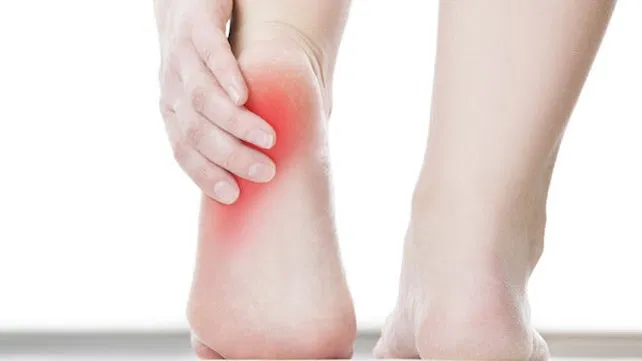Home / Sports Recovery / Plantar fasciitis: what is it and how can I fix it?
The plantar fascia, or aponeurosis, is a combination of connective tissues including muscles and tendons that run along the sole of the foot. It’s function is to help with the mechanics of the foot when weight bearing and contributes significantly when walking and running.
Plantar fasciitis is often characterised as pain felt on the sole of the heel bone that drives a painful pulling sensation from that point to the attachment at the base of the toes. Often pain is felt in the morning or when returning to one’s feet after a period of sitting. Some characterise the pain as effecting the first few steps before easing slightly whilst in others it can provide a more consistent sensation when on your feet.
The symptoms are caused by an inflammation of the structure that has manifested due to some form of degeneration. Things such as incorrect foot mechanics, obesity and age have been identified as significant contributing factors. Whilst the prevalence of plantar fasciitis is very high, it is known to be a commonly misdiagnosed cause of heel pain. Signs you might have plantar fasciitis:
Treating plantar fasciitis can be tricky and does require some patience due to the degenerative nature of the condition. However, there are many different treatment options:
If you or someone you know has signs of plantar fasciitis then please let us know and we can advise on what treatment will be most poignant.
The Apollo Team

Learn More about how we can help you
Sign up for a FREE introductory chat
Osteopathy, Posture Correction and Sports Injury Services across Norfolk.